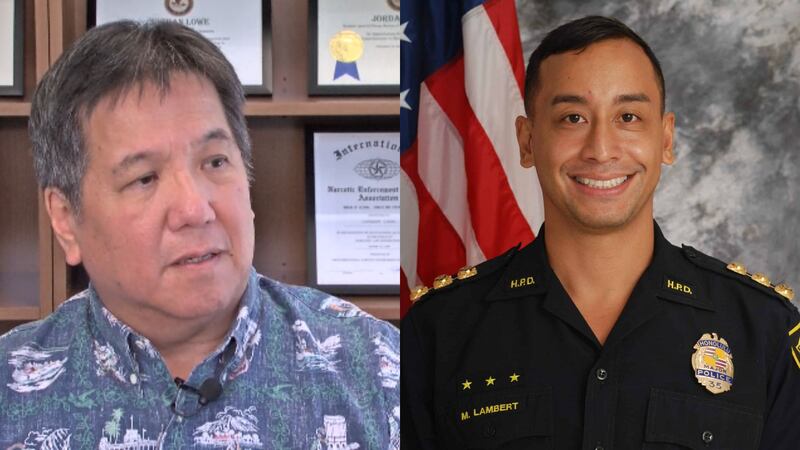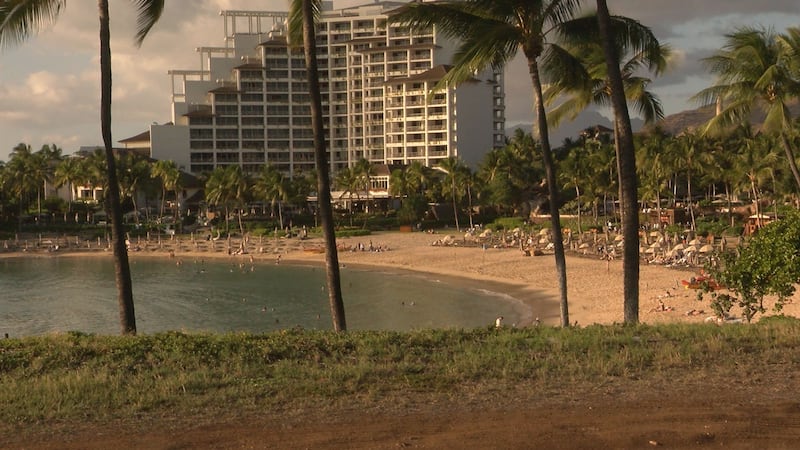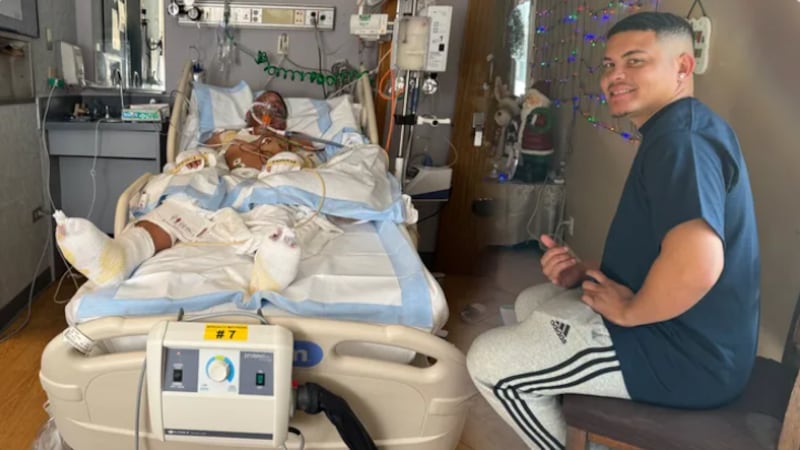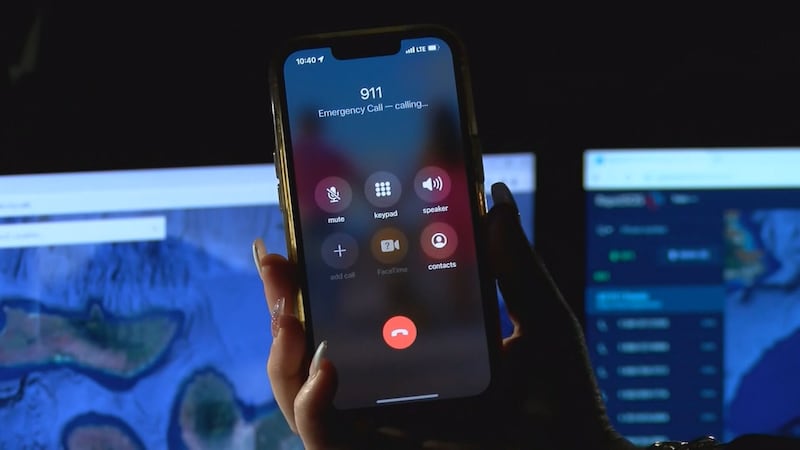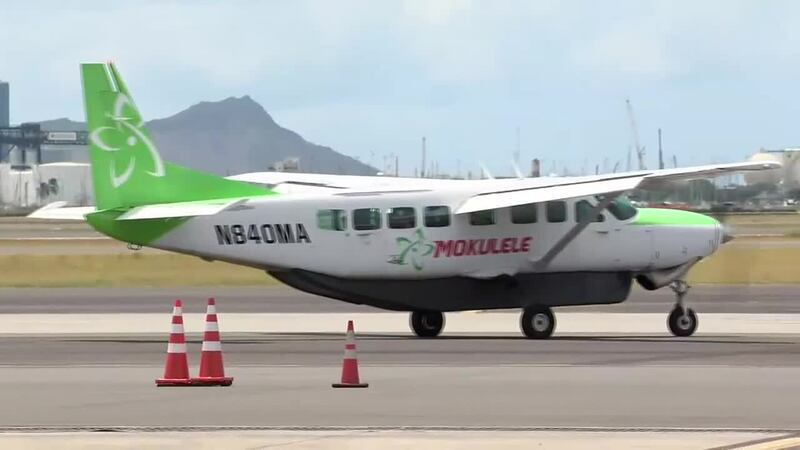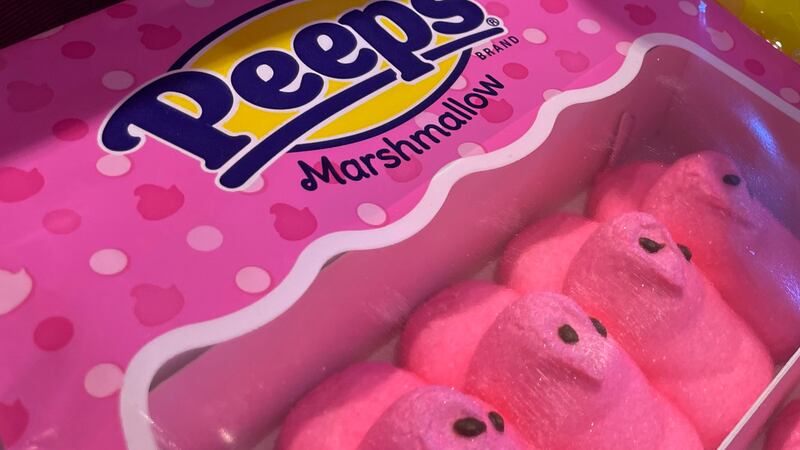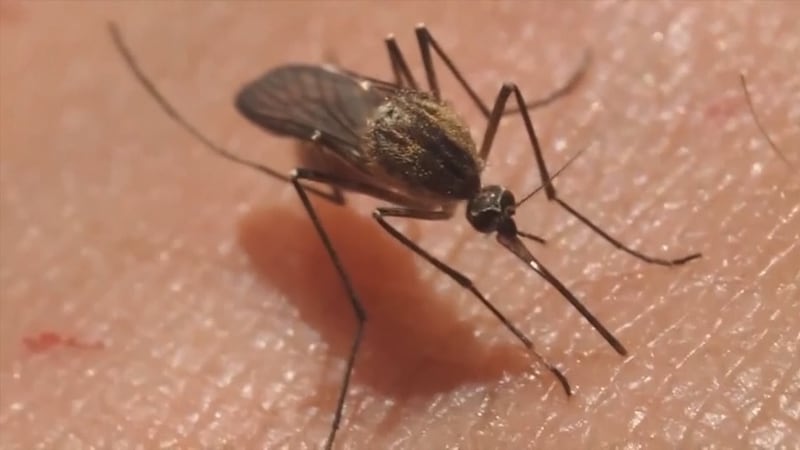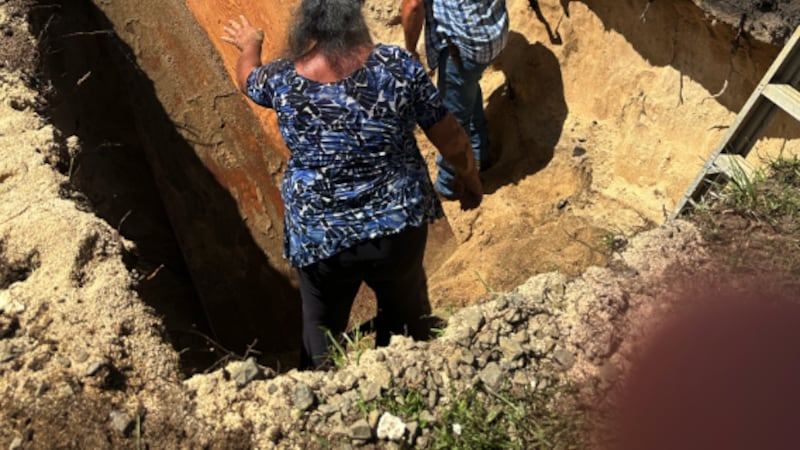Rescuers urged to take extra precautions amid seabird fallout season
HONOLULU (HawaiiNewsNow) - The Hawaii Department of Land and Natural Resources Division of Forestry and Wildlife is urging rescuers to take extra precautions amid seabird fallout season.
That’s because the avian influenza strain H5N1 was detected on backyard birds on Oahu on Nov. 15.
While the disease has not been detected in native seabirds and the risk of human transmission is low, officials said rescuers should try to protect themselves when handling downed birds.
DOFAW said it has amended its seabird rescue guidance to minimize transmission risk.
If you find multiple dead or sick birds in an area, do not attempt to handle the birds and report them to Hawaii Department of Agriculture: call 808-483-7100, Monday to Friday from 7:45 a.m. to 4:30 p.m. If calling outside those hours, use 808-837-8092.
If you find a downed seabird and decide to rescue it, you should wear appropriate personal protective equipment such as gloves, facemasks, eye protection, protective gowns and footwear.
Click here for more guidance on what to do, as well as contact information for wildlife professionals on each island.
These ground-nesting birds sometimes sit in front of their burrows to exercise their wings. Officials said if a bird is near a burrow and does not appear injured, it is likely not in distress and should not be approached.
Seabird fallout is when young bird that leave their nest for their first time become disoriented by artificial lighting from homes, businesses and street lights, and falls to the ground due to exhaustion or injury.
The young birds are most at risk during September through December.
RELATED COVERAGE:
- State confirms avian flu in wild duck on Oahu’s North Shore
- Health officials continue investigating source of avian flu detected on Oahu
- State confirms avian flu in flock of birds in Central Oahu
- Chicken farmers, owners ‘scared to death’ over Hawaii’s first avian flu detection
Copyright 2024 Hawaii News Now. All rights reserved.
